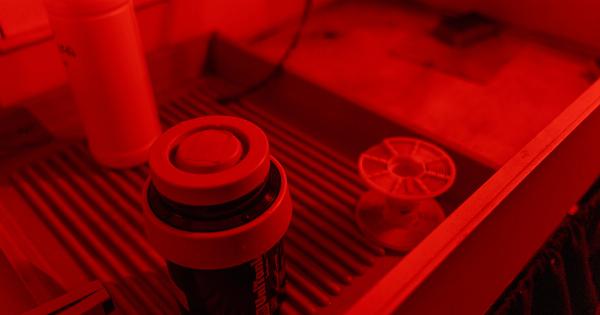Liver transplantation is a life-saving procedure for patients suffering from end-stage liver disease, liver failure, or acute liver injury.
Unfortunately, the demand for donated livers far exceeds the available supply, leading to long waiting lists, increased mortality rates, and compromised quality of life for these patients.
The Organ Shortage Crisis
The shortage of viable organs, including livers, is a significant challenge in the field of transplantation. Each year, thousands of patients die while waiting for a suitable liver donor.
This critical shortage has prompted researchers and medical professionals to explore innovative solutions to bridge the gap between demand and supply.
Revolutionary Breakthrough: The Seven-Day Liver Preservation Device
A groundbreaking solution has emerged in the form of a seven-day liver preservation device. This cutting-edge technology has the potential to revolutionize the organ transplantation process and significantly improve transplant success rates.
How the Device Works
The seven-day liver preservation device utilizes a combination of advanced techniques and technologies to ensure the viability of the liver for an extended period.
The device incorporates a sophisticated perfusion system that mimics the conditions of the human body. This allows the liver to undergo a continuous flow of oxygenated blood, nutrients, and medications, maintaining its functionality during the preservation phase.
Advantages of the Seven-Day Liver Preservation Device
1. Extended Preservation Time:.
The most significant advantage of the liver preservation device is its ability to extend the preservation time from a few hours to a full week.
This extended period provides transplant teams with more flexibility in matching organs with suitable recipients, reducing the risk of organ wastage.
2. Enhanced Organ Quality:.
The innovative preservation method employed by the device improves the overall quality of the donated liver. By simulating the body’s physiological conditions, the device minimizes organ damage during the preservation phase.
This translates into a higher success rate for transplant procedures and improved post-transplant outcomes for patients.
3. Reduction in Ischemia/Reperfusion Injury:.
Ischemia/reperfusion injury occurs when the blood supply to the liver is temporarily interrupted during transplantation. This injury can lead to complications and organ dysfunction.
The seven-day preservation device minimizes the risk of ischemia/reperfusion injury, protecting the liver from potential harm and improving the overall transplant success rate.
4. Increased Organ Availability:.
By extending the preservation time, the device opens up new possibilities for organ sharing and allocation.
Organs can be transported over longer distances without compromising their quality, increasing the pool of potential recipients and reducing waiting times for patients in desperate need of liver transplants.
Successful Clinical Trials and Future Implications
The seven-day liver preservation device has shown promising results in preclinical and clinical trials. Transplant teams using the device reported improved organ function, decreased rates of organ rejection, and increased patient survival rates.
The widespread adoption of this innovative technology could transform the field of organ transplantation. The device has the potential to save countless lives and alleviate the burden on healthcare systems worldwide.
Conclusion
The seven-day liver preservation device represents a significant breakthrough in the field of organ transplantation. By extending the preservation time and improving organ quality, the device offers hope for patients on liver transplant waiting lists.
With further research and development, this technology has the potential to address the critical shortage of viable organs, reduce waiting times, and improve transplant success rates.



























